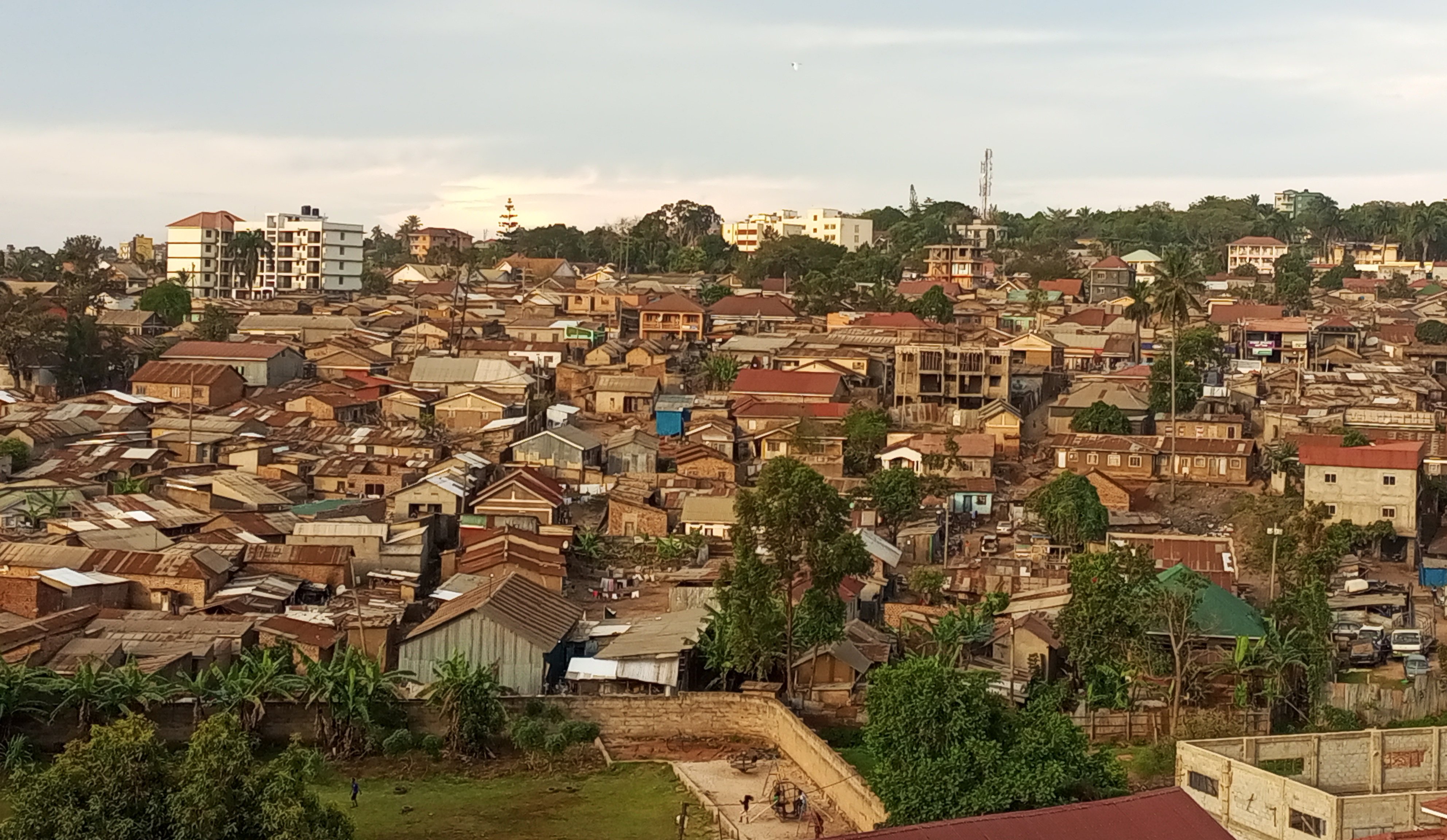Prime
Use proper planning to control slum growth

A view of Kikubamutwe slum in Kabalagala, a Kampala surburb. Because such land is not surveyed, it defies physical planning. PHOTO/FILE
What you need to know:
- The poorly-regulated real estate sector has further contributed to this mess whereby you can easily find someone creating an estate with plots as small as 30X30 feet.
If you visit any Ugandan urban centre, you will definitely come across a mushrooming congested settlement, call it a slum.
These slums are mainly a creation of artificial forces such as rapid rural- urban migration, insecure tenure systems, globalisation, increasing urban poverty and most importantly, the inelasticity of land.
The poorly-regulated real estate sector has further contributed to this mess whereby you can easily find someone creating an estate with plots as small as 30X30 feet.
Real estate dealers buy land and subdivide it in ways that accommodate people’s immediate needs, without considering the prevailing physical planning subdivision requisites.
As a result, we are faced with informal settlements everywhere. The relevant planning authorities are either helpless or corrupt.
With complete abandon, anyone can go around the existing physical planning and housing regulations, laws, policies, standards, bylaws, and guidelines.
Most of the time, this mess is caused by lack of coordinated building and area plans. When someone buys a plot, they build the way they want.
That is why you can find someone putting a pit latrine next to a neighbour’s kitchen. And because such land is not surveyed, it lacks the broader physical planning requirements such as demarcated water lines, electricity lines or road access.
Mitigation
However, not all hope is lost. This deplorable state can be mitigated if we can adopt a planned informal urban village concept.
This concept involves planning by the people, for the people, through the implementation of basic planning aspects during development on very small pieces of land.
This approach should mainly rely on community engagement and massive sensitisation about the basic development requirements.
The essence of a planned informal settlement lies not in plot sizes but in the general arrangement of space, building orientation, setbacks, building ratio, accessibility, and building lines, wherever possible.
This is evident in some areas with large plots, where plot owners choose to erect buildings that are as big as the plot itself, without providing any space for greenery or parking.
Additionally, they disregard planning standards and regulations, often constructing perimeter walls within existing access roads.
As a result, what could have been an ideal medium/low-density zone, becomes a chaotic arrangement of high-density residential houses on plots designated for low-density use.

Emmanuel Balaba is a practising physical planner. PHOTO/COURTESY
I am confident that achieving a planned informal urban village on a very small piece of land is possible. These informal settlements are inhabited by low-income earners who have limited or no chances of expanding the plot size.
However, by employing this concept, modern and affordable houses can be built irrespective of the plot size, provided the shape remains regular and minimisation of everything required in the housing world is prioritised.
Let us look at an example of two residential houses each sitting on a plot of approximately 0.055 acres (50x50 feet).
Such a plot can accommodate a simple design with each house having two rooms, parking space, external kitchen, pit latrine, walkway, compound and little free/open space.
This would create a sustainable and fully functioning residential neighbourhood.
Professional planning
However, you cannot achieve this set-up unless you use planning professionals.
With professional planning, everything is measured and every space is put in a right use. But many people ignore this and just create their own plans that end up wasting space and creating a mess.
Going back to our two houses, for everything to fall in place, we should observe a building line of 1m, frontage of 13m, side of 2m, and rear of 0.7m.
Each main house is then connected to minimalist aluminium kitchen and a pit latrine or a shared septic tank to ensure convenience, hygiene and privacy to the whole house.
Then we can add a clever lighting design at night which will make the whole place look neat, modern and attractive.
This can be adopted depending on the plot size, the size of structures/ developments should be proportional to the plot size, the smaller the size the smaller the facilities and this may change according to the plot size.
We can all agree that it is not the size of the plot that causes poor housing development, but rather the type and the size of the house and how it is fitted in the plot.
Government, landowners and planning authorities should consider proper planned settlements everywhere as declared by the Physical Planning Act of 2010.
Plan to improve housing in slums
In 2008, Uganda developed a Slum Upgrading Strategy and Action Plan as a direct response to sustainable development goals and national development programs that recognise slums as a development issue that requires coordinated policies and actions.
The policy seeks to slow down the growth of slums, and eventually stop the creation of new slums through legal and land market reforms by providing security of land tenure, revamping planning and zoning regulations and making housing more affordable.
Judith Nabakooba, the state minister for Lands, Housing, and Urban Planning says the policy provides for affordability inclusiveness but also brings all stakeholders on board.
Some of the slums belong to individuals and others belong to government, so there is need for coordination and working together to find a lasting solution.
Economist and policy analyst Richard Ssempala says the plan comes at a right time but it is upon government and stakeholders to make sure that the beneficiaries are the right people.
He also adds that since the projects will be benefiting the poor, reasonable subsidies must be put in place and the time frame for house repayment should also be reasonable and so should the money.
Solution
It is therefore, the responsibility of the government and landlords such as institutional land managers and real estate agents to come up with low-cost or free small building plans for low-income earners which must be strictly adhered to.
This initiative should be accompanied by extensive awareness campaigns to inform individuals about where to access these plans and how to effectively implement them.
This will go a long way in creating order in urban villages. A slum can also be transformed if we systematically do it.
Emmanuel Balaba is a practising physical planner.




